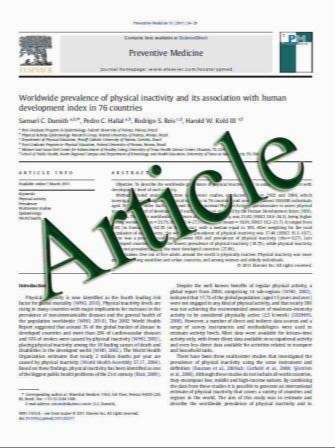Management of pulmonary hypertension in Down syndrome
- نوع فایل : کتاب
- زبان : انگلیسی
- مؤلف : Amy Hawkins & Simon Langton-Hewer & John Henderson & Robert Michael Tulloh
- چاپ و سال / کشور: 2011
Description
Children with Down syndrome (DS) are at greater risk of pulmonary arterial hypertension (PAH) than the general population, partly due to upper airway obstruction and congenital heart disease. We wished to review our management of PAH and suggest a protocol for the systematic management of these children. Children with DS and PAH were included as referred for assessment from March 2005 to May 2010. Twenty-five patients (13 boys) met inclusion criteria. The median age was 385 days (range, 106 to 5,734); mean tricuspid regurgitation jet was 3.5 (range, 2.7–4.8)m/s. At cardiac catheterisation, mean pulmonary artery mean pressure was 26 mmHg (range, 12 to 46), and mean pulmonary vascular resistance (PVR) was 4.14 U.m2 (range, 1.20 to 12.43) at baseline. PVR fell to a mean of 2.68 U.m2 (range, 0.38 to10.69) with 20 ppm inhaled nitric oxide and 100% oxygen. Respiratory assessment included polysomnography (18), bronchoscopy (16), showing malacia (eight), adenotonsillar hypertrophy (eight) and floppy aryepiglottic folds (four). One lung biopsy showed plexogenic arteriopathy, and one was diagnosed with tracheo-oesophageal fistula. Conclusion: In order to manage this complex group of patients, a combined cardiological, respiratory and surgical approach was required. A protocol with cardiac catheterisation, blood tests and respiratory assessment is suggested for the management of pulmonary hypertension in these children.
Eur J Pediatr (2011) 170:915–921 DOI 10.1007/s00431-010-1378-1 Received: 10 September 2010 / Accepted: 7 December 2010 / Published online: 4 January 2011


